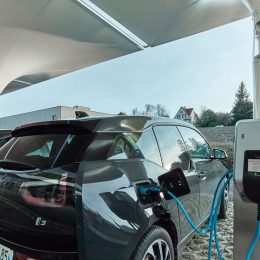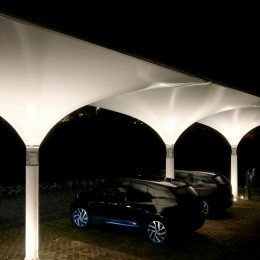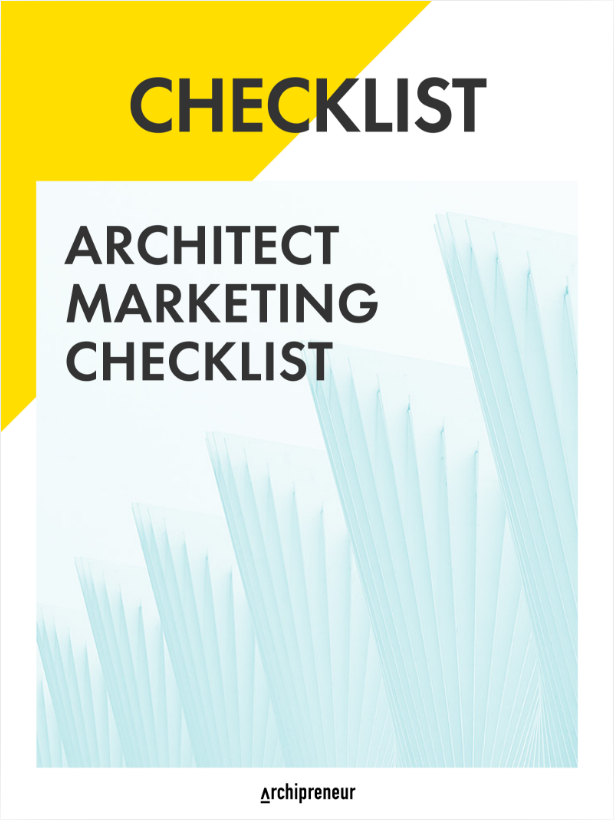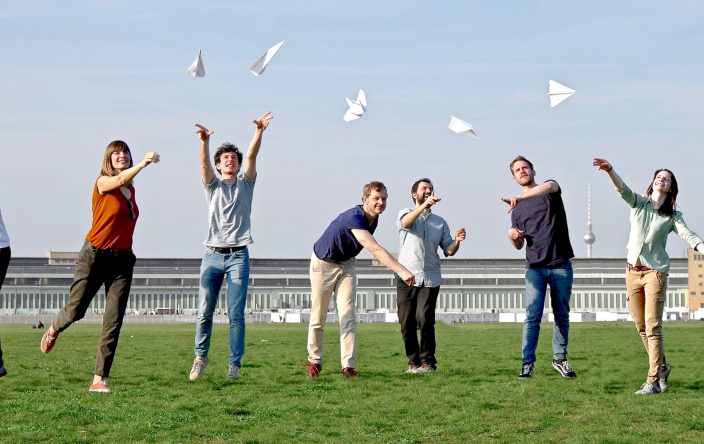
Smart Cities: Urban Solutions for Sustainable Electric Mobility
The development of electric mobility solutions and smart city technologies will lead to a redistribution of space within our cities. This evolution demands new, smart product solutions.
Today, the concept of connectivity extends far beyond internet access. From self-driving cars and interactive interfaces on buildings, to artificial intelligence units such as Alexa and Siri, smart devices are becoming necessary components of our daily life. To function effectively, these devices should be connected. Across the globe, intelligent companies are working on tech products to improve transportation, social services, and health and public spaces within urban environments.
Self-driving vehicles and smart city products are promising to revolutionize the way we live and move in cities which will greatly impact the built environment. Industries and cities are steadily moving towards an approach that makes buildings and transport sustainable, conserving both energy and space.

Urbanization and the Challenges that Cities Face
Urbanization is going through an unprecedented rate of growth at a time of rapidly changing global climates, a shift in energy systems, the emergence of new mobility services, increasing migration, and decaying infrastructure.
Cities are in peril. Billions need to be spent on climate mitigation solutions and on handling urban densification, especially the conflict between cars and urban spaces. Cars take up space in city centers, space that could otherwise be used for people.
Traffic congestion and air pollution are of particular concern today. Over 70% of the CO2released into the atmosphere comes from urban centers. To combat this massive challenge, people must become more conscious of their carbon footprint, and companies and city officials should consider how to transform urban infrastructures into more sustainable and efficient environments.
There are numerous opportunities to decrease traffic: to use new technologies and mobility solutions, and to share economic trends and energy harvesting techniques. These will help to create future scenarios for sustainable cities that take a growing population into consideration.
Adding Value and Quality to Public Spaces

How can we improve the quality of cities and public spaces? As a manufacturer and supplier for innovative sun and rain protection systems with over 20 years of experience in product development, MDT-tex has naturally been thinking about innovative products for public spaces. Their product portfolio includes storm-safe umbrellas and textile architectures, which are especially important for outdoor events and marketing activities.

One good example of an effective redesign of public city space is the 2012 Dublin Meeting House Square project, a joint venture between MDT-tex and Sean Harrington architects. The four XXL umbrellas installed by MDT-tex cover approximately 900 square meters, to maximize the available outdoor space for cultural activities. Audio speakers, as well as water and electricity, are incorporated to guarantee the best benefit for visitors and inhabitants.
The founder of MDT-tex, Markus Müller-Feist, believes that installations such as the Meeting House Square can increase the quality of life by adding value to unused outdoor spaces within our cities.
Innovative Solar Charging Shelters for Cities
The shift towards smart cities with new technologies, electric mobility and data gathering approaches across the world challenged MDT-tex to develop a new product solution that addresses the complex environmental issues within and without the city.
The company made their multi-award-winning tulip shape umbrella ceilings sustainable, thus combining their significant experience in innovative urban design with an environmental mission. The SmartSolarShelter is an aesthetically appealing, new solar shelter solution, and it is available in two formats: A symmetrical mast and an asymmetrical mast. Both masts span 5.3 meters, which provide generous shading. The 15 solar panels on their surface maximize energy generation which supply the city with much-needed resources that are both renewable and sustainable.

“As a result of climate change, we have to meet the demands of increasing temperatures in cities and add electrified e-mobility to our products.” – Markus Müller-Feist

In its organic design, the SmartSolarShelter can be embedded into various environments and augmented with a wide range of accessories, from EV charging systems to media concepts for the public sector. The mast is equipped with drainage pipes which filter rainwater and store it in a covered water tank for later use.
The SmartSolarShelter is available in two different formats, with the symmetric mast and an asymmetric mast. Both formats have a span of 5,3 meters which provide a generous shading and 15 solar panels on its surface which ensure maximum energy generation.
In its organic design, the SmartSolarShelter can be embedded into various environments and augmented with a wide range of accessories, from EV charging systems to media concepts for the public sector. The mast is equipped with drainage pipes which filter rainwater and store it in a covered water tank for later use.
The SmartSolarShelter meets the changing urban environments in our cities by tackling spatial limitations with technological innovation. As our understanding of the problem improves, more of these smart space-economizing products will become available on the market.
Join our Newsletter
Get our best content on Architecture, Creative Strategies and Business. Delivered each week for free.

JOIN THE
ARCHIPRENEUR ACADEMY
- 9 Stage Studio Growth Roadmap
- Library of In-Depth Courses
- Checklists and Workbooks
- Quick Tips and Tutorials
- A Supportive Online Community













